Text Features
Text features are the elements of a text that help readers locate and understand information. These features can include titles, headings, subheadings, captions, illustrations, graphs, charts, tables, and more. Understanding text features can improve reading comprehension and help readers navigate through complex texts.
Common Text Features
- Title: The name of the text, usually found at the beginning.
- Heading: A title or subtitle that indicates what a section of text is about.
- Subheading: A smaller heading within a section that provides additional information.
- Caption: Text near an image that explains the content of the image.
- Illustration: A visual representation, such as a drawing or photograph, that enhances understanding of the text.
- Graph/Chart: Visual representations of data, often used to show relationships or trends.
- Table: A set of facts or figures systematically displayed, typically in columns and rows.
- Index: An alphabetical list of names, subjects, etc., with references to the pages on which they are mentioned.
- Glossary: A list of terms and their definitions, usually found at the end of a book.
Why Text Features Are Important
Understanding and using text features can help readers navigate through a text more effectively. By paying attention to headings, subheadings, and other features, readers can locate specific information, gain a better understanding of the content, and make connections between different parts of the text. Text features also make the text more visually appealing and engaging.
How to Use Text Features
When reading a text, it's important to pay attention to the text features and understand how they contribute to the overall meaning of the text. Readers can use headings and subheadings to get an overview of the content, refer to illustrations and diagrams to better understand complex concepts, and use tables and graphs to analyze and compare data. By actively engaging with text features, readers can enhance their comprehension and retention of information.
Study Tips
Here are some tips for studying and practicing with text features:
- Take note of the different text features in a variety of texts, such as textbooks, articles, and informational books.
- Practice identifying and using text features by completing worksheets or activities that focus on text features.
- Create your own text features (such as headings, subheadings, and illustrations) for a piece of writing to understand how they can enhance the presentation of information.
- Discuss the importance of text features with a partner or in a group setting to gain different perspectives and insights.
[Text Features] Related Worksheets and Study Guides:
.◂English Language Arts Worksheets and Study Guides Fifth Grade. Text Features
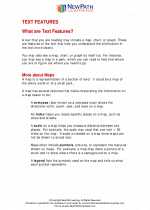
 Activity Lesson
Activity Lesson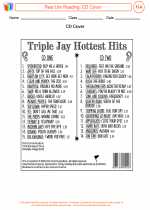
 Activity Lesson
Activity Lesson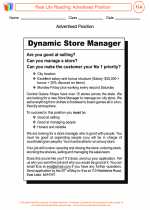
 Activity Lesson
Activity Lesson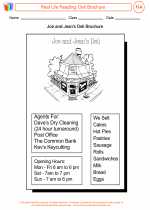
 Activity Lesson
Activity Lesson
 Activity Lesson
Activity Lesson
 Worksheet/Answer key
Worksheet/Answer key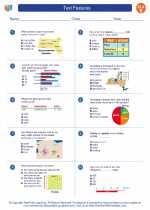
 Worksheet/Answer key
Worksheet/Answer key
 Worksheet/Answer key
Worksheet/Answer key
 Worksheet/Answer key
Worksheet/Answer key
